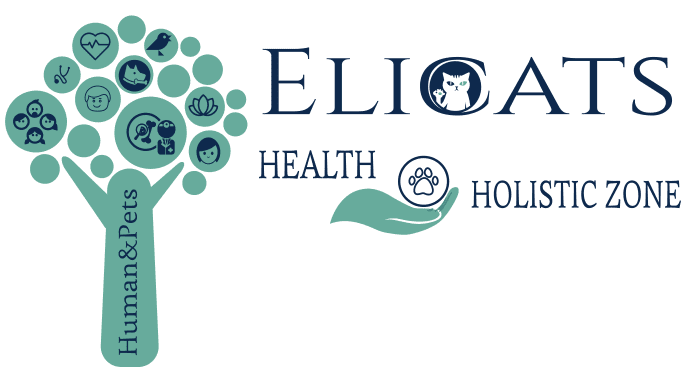In dogs hip dysplasia is an abnormal formation of the coxofemoral joint (bone and ligaments) and it is the most common cause of lameness in dog’s back legs
Useful supplements for hip dysplasia in dogs
It is more common in the races:
- German Shepherd
- Labrador
- Great Dane
- Rottweiler
- Saint Bernard
- Newfoundland
Are we sure that it is just genetics?
Even external factors may cause dysplasia
- The dogs that grow quickly (ages from three to ten months) may be more prone to develop hip dysplasia
- Unbalanced or overfeeding in nutrients especially in the first months (from 4 to 10)
- Obesity can increase the severity of the disease in predisposed dogs
- Intense physical exercise and big jumps at an early age
Maintain a good muscle mass may indeed reduce the incidence of the disease
It is preferable a moderate exercise that strengthens muscles, such as light run and swimming
Symptoms
- Pain and discomfort during and after physical exercise (even in puppies of few months)
- Walk or run with a “waving” gait, the dog seems to “wiggle”
- Stiffness and pain in the forepaws
- Lameness
- Reluctance to go up or jump
- Muscular hypotonia
- The dog standing tends to hold very close the back legs
- Arthritis and arthrosis
Useful supplements for hip dysplasia in dogs
Useful advice and supplements in the management of hip dysplasia in dogs
The objective is to reduce the pain and to limit further damage
1. If your pet is overweight, losing weight helps to reduce the pressure on the joints
2. Anti-inflammatories and painkillers to reduce inflammation and
relieve pain
3. Control physical activity
4. Use helpful supplements for the pathology
5. A diet with too much or too low calcium or other unbalanced minerals can also have a negative effect on the development of the hip joint. If you choose to feed your dog with a natural diet you must take into account the proper nutritional balance
6. Heat helps in the management of pain and dysplasia, infrared heat lamp and laser therapy treatments are very useful
7. Use an orthopedic foam mattress that reduces pressure and helps to evenly distribute the weight
8. Use elevated bowls
9. Use a support belt
Useful supplements for hip dysplasia in dogs
Useful supplements
Glucosamine and Chondroitin (Glucosamine Article)
The cells that form cartilage (chondrocytes) are the building blocks necessary to synthesize new cartilage and to repair existing damaged cartilage.
Most of the animals must take these supplements for lifetime. Not all glucosamine are equal, attention with the supplements that you buy, besides glucosamine may increase insulin resistance
Omega-3 fatty acids (omega-3s article for cats and dogs)
Used for their anti-inflammatory properties
Methyl sulfonyl methane is a natural compound containing sulfur; it is necessary for the production of collagen, glucosamine and chondroitin.
[ecp code=”artrite”]
MSM improves the structural integrity of the connective tissue and it is a powerful anti-inflammatory that reduces pain (one of the supplements that I am taking every day from years )
Cetylated fatty acids
They help fight pain and to lubricate joints. Improve rapidly mobility
Turmeric for pain and inflammation
Antioxidants including vitamins A, C, E, selenium, CoQ10, Vitamin C is fundamental and very important from the first few months to delay hip dysplasia in dogs, it is useful for collagen production
Useful supplements for hip dysplasia in dogs
THE CONTENT ON THIS WEBSITE IS TO BE USED FOR INFORMATIONAL PURPOSES ONLY. YOU ACKNOWLEDGE THAT THE CONTENT IS IN NO CASE TO BE USED AS A SUBSTITUTE FOR PROFESSIONAL MEDICAL ADVICE OR ADVICE FROM VETERINARIANS, NOR IS IT INTENDED TO BE RELIED UPON BY ANY PERSON OR ENTITY FOR PURPOSES OF MEDICAL DIAGNOSIS OR TREATMENT . IN NO CASE CAN BE USED AS A PRESCRIPTION OF A TREATMENT OR REPLACE A SPECIALIST EXAMINATION OR THE DIRECT RELATIONSHIP WITH YOUR VETERINARIAN/DOCTOR

